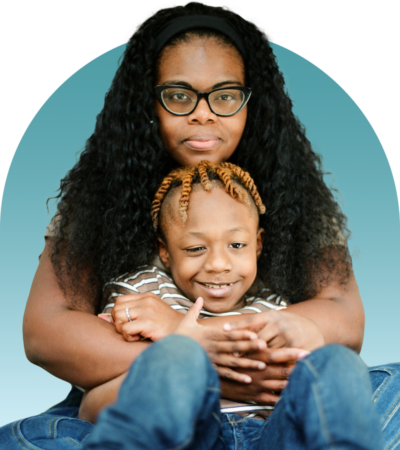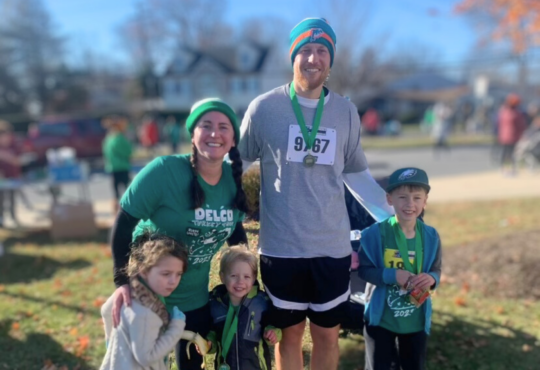
Cassidy: When Scanxiety Happens, Be a Mermaid
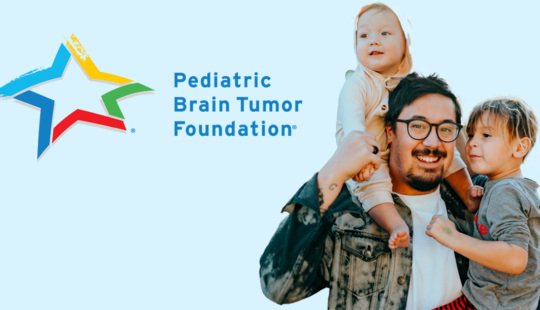
Like many 13-year-olds, Cassidy is a ray of sunshine who loves field hockey, musical theater, her furry pets, and mermaids. She attends school and takes tests and loves to play Animal Crossing. Anyone who meets Cassidy instantly warms to her positive and bubbly energy. What one might not notice upon first glance or conversation, however, is that Cassidy struggles with anxiety.
Around age 10, Cassidy’s playful childhood was interrupted with fevers and vomiting, which were assumed to be a progression of abdominal migraines, a condition she had been diagnosed with at a young age. After almost 2 years living with pain and symptoms that were not subsiding, in October of 2020, an MRI confirmed that Cassidy was living with a low-grade glioma brain tumor.
As of March 2021, Cassidy completed chemotherapy and is now undergoing maintenance treatment. While she and her family celebrate the shrinking of her tumor and other small victories, they recognize that each day brings new uncertainty and the importance of remaining positive is a necessary challenge that looks different moment to moment.
For Cassidy, little is in her control. The loss of her hair, the size of her tumor, the hospital staff, her treatment, and all the test results are simply things that happen to her, regardless of what choices she makes. She explains how all those moving parts and the what-ifs have impacted her sleep. At night, Cassidy often finds herself restless due to anxiety, nausea, and hot flashes. She sometimes has fears about sleepwalking or is consumed with irrational thinking that feels overwhelmingly real, all resulting from the location of her tumor.
For Cassidy, anxiety can be triggered in an MRI machine, getting a COVID swab, having ear drops or eyedrops inserted, and patiently awaiting to find out her next course of treatment. She finds herself praying her tumor doesn’t grow so that she can relish in normal life a while longer. The thought of diverging from normal life to creating a new normal all over again, leads to anxiety manifesting both physically and mentally. In the world of cancer, anxiety can often be referred to as “scanxiety”, the fear of the unknown surrounding cancer scans.
Children with brain cancer can’t wait another week, another day, another minute for your support. When you donate to the Pediatric Brain Tumor Foundation, you help fund life-changing research and provide families with the resources and support they need. Don’t let pediatric brain cancer steal another future.
While Cassidy may not be able to control her journey, she has learned to comfort herself throughout. She enjoys making lists of happy thoughts called 7 Fun Things to Think About, like being a mermaid. Practicing positivity and gratitude helps distract her mind from the nausea and the bad thoughts. She’s learned to accept herself and her journey for what it is. As someone who has had to witness her body change so much, she explained that it can be hard to think positive thoughts about herself especially when she is still attempting to process all the changes in her own time. But as time passes, Cassidy has learned to love herself without hair. And while her family experiences anxiety themselves, their support and positive reinforcement has encouraged Cassidy to keep her spirits high and her smile wide.
In her very own YouTube show, Candid with Cassidy: Fireside Cancer Chats, she reminds other young people and families on their pediatric cancer journey that it’s not their fault. She assures children and families that there is no choice one could have made differently that would have prevented the tumor from growing. Those positive affirmations help others feel less alone in their journeys.
To learn about Cassidy’s journey, checkout Candid with Cassidy: Fireside Cancer Chats. What began as a school project became an outlet for Cassidy to share her story and a platform for her to comfort other kids and families about the joys, the ugly, and the “in-between” in a cancer journey. Cassidy’s positivity is sure to be a light to anyone who needs it.
About the Pediatric Brain Tumor Foundation
Every day, 13 children and teens are diagnosed with a brain tumor, the deadliest and most common form of cancer in kids under 15. Every day after, they are in a fight for their life. It’s a fight the Pediatric Brain Tumor Foundation is here to help families win. A leader in the brain tumor and childhood cancer communities, PBTF’s mission of Care. Cure. Thrive. reflects its commitment to curing all pediatric brain tumors and transforming how children and their families are cared for. Since 1991, PBTF has provided strategic leadership and funding to accelerate the number of targeted therapies for children battling brain tumors today, while equipping families with the patient family education, financial relief, and emotional support they need to navigate their child’s journey. A world without childhood brain tumors is possible when we stand together to effect real, meaningful change. Learn more at www.curethekids.org.
Related Stories

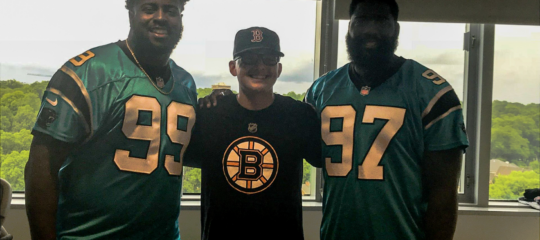
Brayson’s Incredible Journey: From Brain Tumor Survivor to NFL Equipment Manager and Mentor
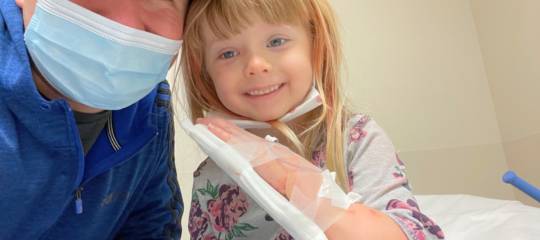
Living with a Glioma: Eight-Year-Old Mackensie is an Inspiration
Mackensie's journey began in early 2018, just before her second birthday. Now an energetic eight-year-old third grader in Las Vegas, she has faced a path filled with medical challenges, surgeries, and treatments—facing each with remarkable courage and positivity.
Related Updates
Getting families where they need to be without worrying about the cost of transportation.
Pediatric Brain Tumor Foundation and Uber Partner to Provide Travel Credits for Families Navigating Challenges of Pediatric Brain Tumor Diagnosis
The Pediatric Brain Tumor Foundation (PBTF) and Uber are joining forces to provide essential support for families navigating the challenges of pediatric brain tumors.
Accelerating Kids' Access to Care Act: Improving Healthcare for Children Across State Lines
The Accelerating Kids’ Access to Care Act, passed the U.S. House of Representatives on September 17 to improve children’s access to essential health care, while eliminating administrative burdens for providers and states.

